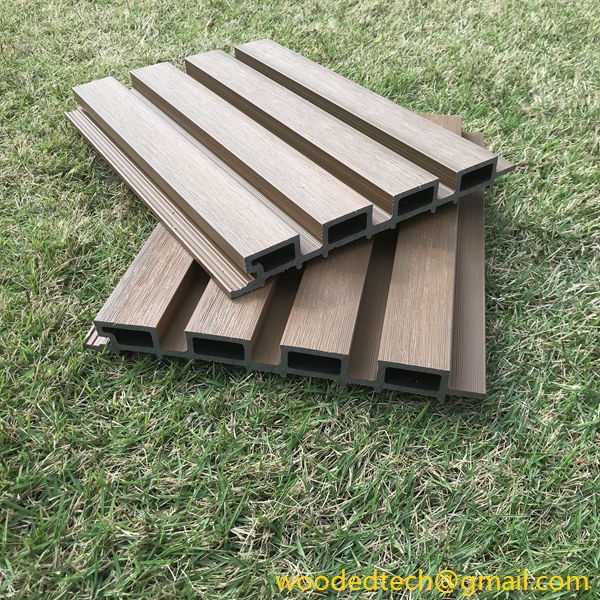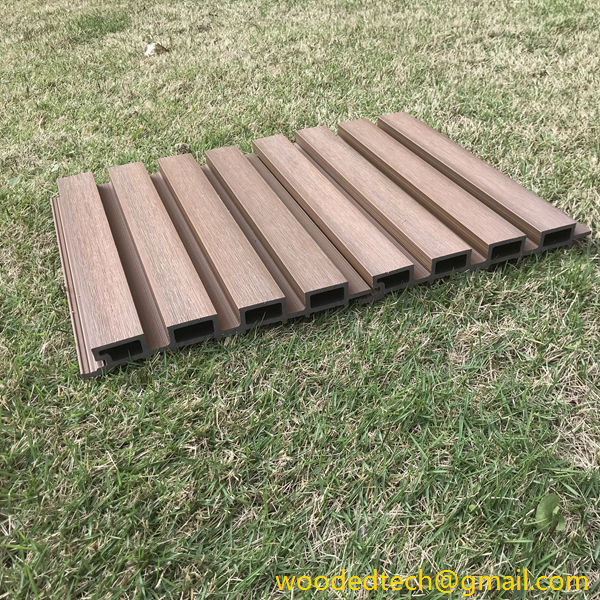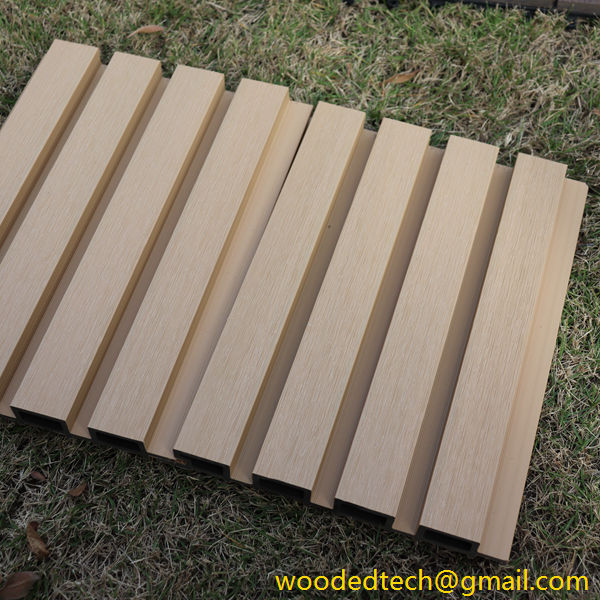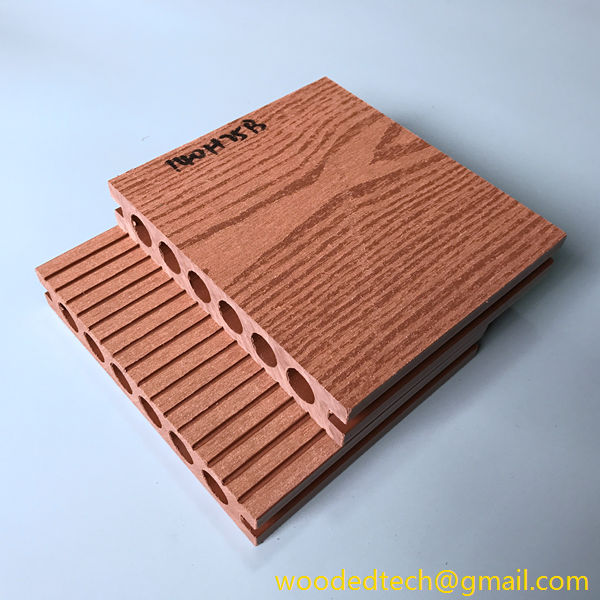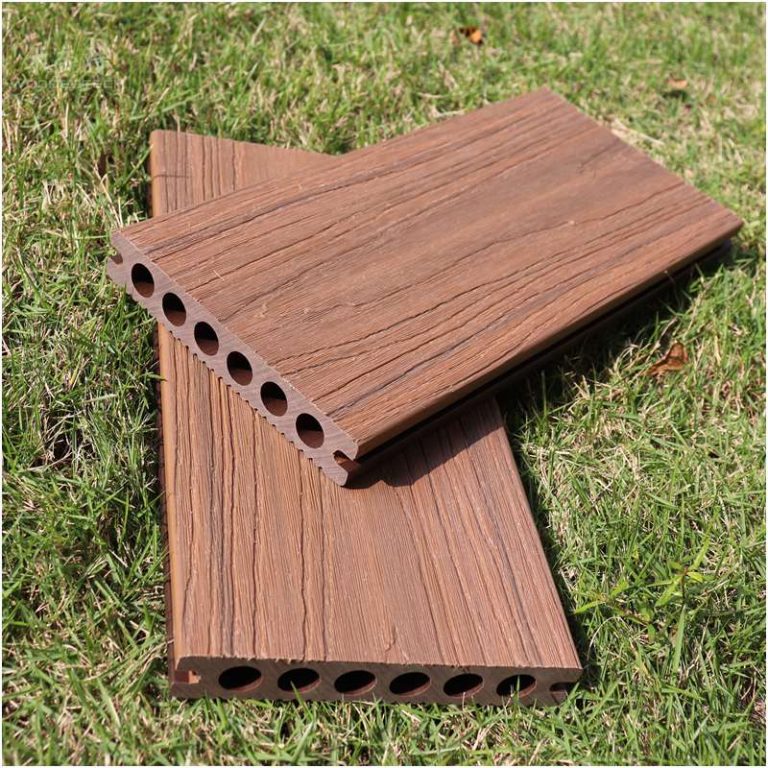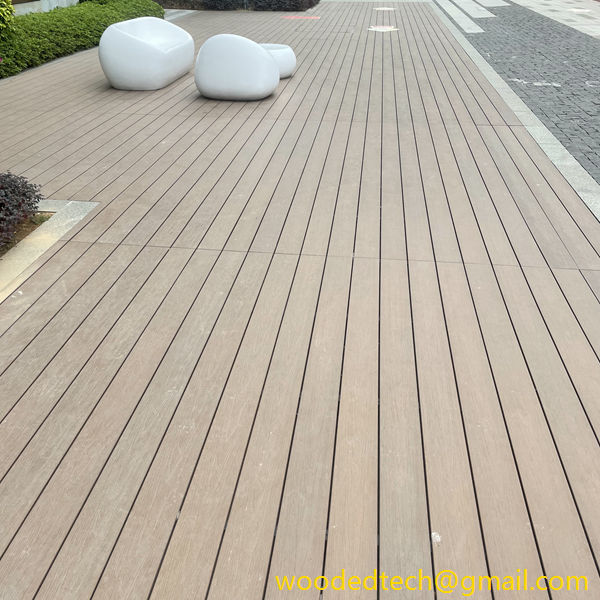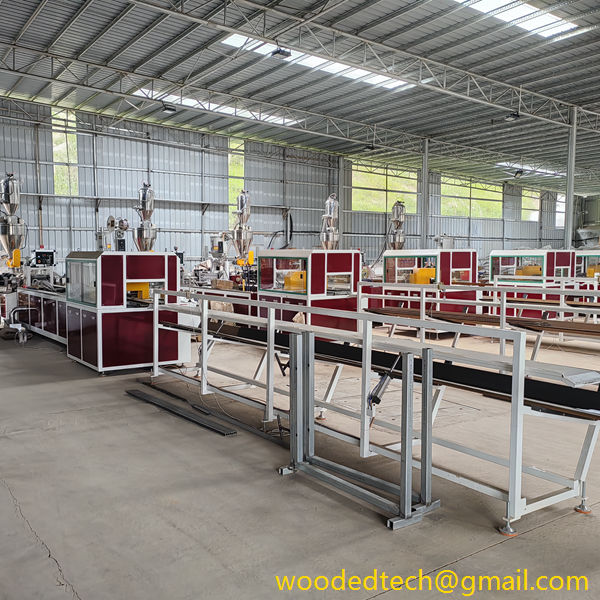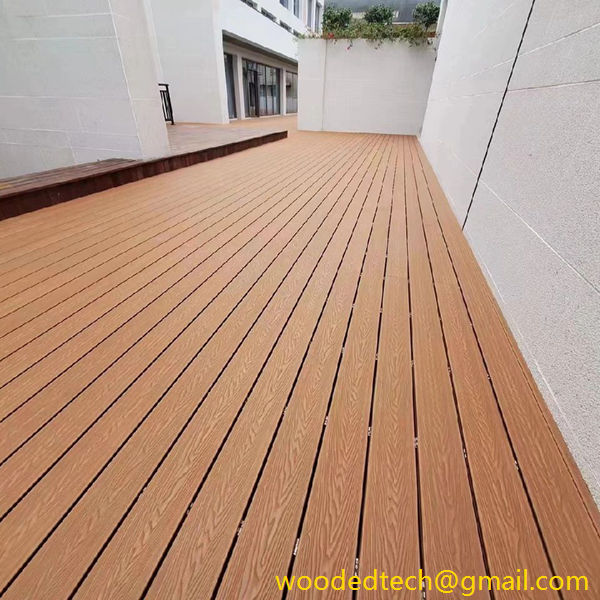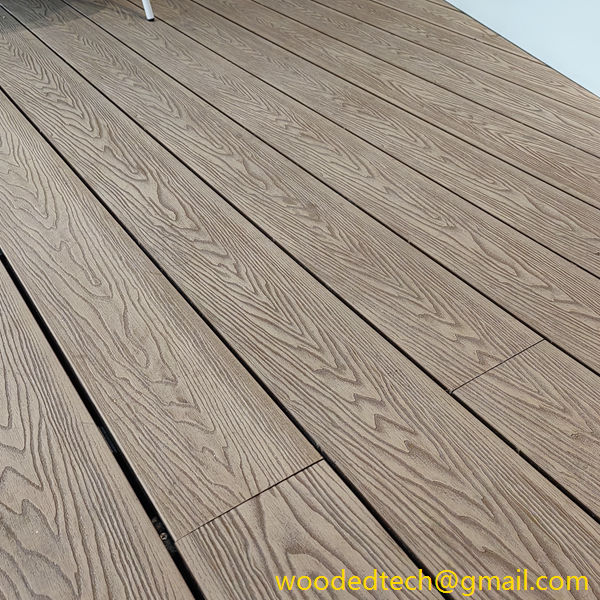Креативные решения для наружных стен из ДПК для экологичного строительства
Креативные решения для наружных стен из ДПК для экологичного строительства Строительная отрасль переживает значительные изменения, поскольку все активнее внедряет экологичные методы. Поскольку проблемы окружающей среды стоят на первом месте, архитекторы, строители и домовладельцы ищут инновационные материалы, которые не только отвечают эстетическим и функциональным требованиям, но и вносят положительный вклад в охрану окружающей среды. Одним из таких материалов...
Креативные решения для наружных стен из ДПК для экологичного строительства
The construction industry is undergoing a significant transformation as it increasingly embraces sustainable practices. With environmental concerns at the forefront, architects, builders, and homeowners are seeking innovative materials that not only meet aesthetic and functional needs but also contribute positively to the environment. One such material that has gained popularity in recent years is Wood Plastic Composite (WPC). This article explores the creative applications of WPC for exterior wall solutions, highlighting its benefits and its role in promoting sustainable building practices.
WPC is a composite material made from a combination of wood fibers and plastic. This unique blend results in a product that combines the best attributes of both components. The wood fibers provide a natural appearance and texture, while the plastic components enhance durability, moisture resistance, and longevity. This combination makes WPC an ideal choice for exterior wall cladding, especially in regions subjected to harsh weather conditions.
One of the most compelling advantages of using WPC for exterior walls is its low maintenance requirement. Traditional wood siding, while aesthetically pleasing, often demands regular upkeep, including painting, sealing, and periodic replacement due to rot or insect damage. In contrast, WPC exterior walls require minimal maintenance over their lifespan. They do not warp, crack, or splinter, making them an excellent long-term investment for homeowners and builders alike. The durability of WPC means that once it is installed, it can remain in place for years without the need for extensive care, allowing property owners to focus on other aspects of their homes or projects.
Sustainability is a critical factor in modern building practices, and WPC aligns well with this ethos. The production of WPC utilizes recycled materials, reducing the demand for virgin resources. By incorporating recycled wood fibers and plastic, WPC helps divert waste from landfills and lowers the carbon footprint associated with traditional building materials. Furthermore, the longevity and durability of WPC mean that fewer resources are needed for replacements and repairs, contributing to a more sustainable lifecycle for building products.
The aesthetic versatility of WPC exterior walls is another significant advantage. Available in a variety of colors, textures, and finishes, WPC can be customized to suit any architectural style, from contemporary to rustic. This adaptability allows architects and designers to create visually striking facades that enhance the overall appeal of a building. Moreover, WPC can mimic the appearance of natural wood without the associated maintenance challenges, giving property owners the best of both worlds.
In addition to its aesthetic appeal, WPC also offers functional benefits that contribute to energy efficiency. The material has excellent thermal insulation properties, which can help regulate indoor temperatures and reduce energy consumption for heating and cooling. By improving a building’s energy efficiency, WPC exterior walls can contribute to lower utility bills and a reduced environmental impact.
Another innovative aspect of WPC is its ability to support green building certifications. Many eco-conscious builders strive to achieve certifications such as LEED (Leadership in Energy and Environmental Design) or BREEAM (Building Research Establishment Environmental Assessment Method). WPC can contribute to these certifications by meeting criteria related to sustainable sourcing, energy efficiency, and minimal environmental impact. By selecting WPC for exterior wall solutions, builders can not only enhance the sustainability of their projects but also attract environmentally conscious clients.
The installation process of WPC exterior walls is also streamlined, making it an appealing option for contractors. WPC panels are typically lightweight and easy to handle, which can reduce labor costs and installation time. With the right tools and techniques, contractors can install WPC quickly and efficiently, minimizing disruptions to the construction schedule. This ease of installation further bolsters the appeal of WPC as a go-to material for modern building projects.
As the demand for sustainable building practices continues to grow, WPC is poised to become a staple in the construction industry. Its combination of low maintenance, durability, aesthetic versatility, and environmental benefits makes it an attractive choice for architects, builders, and homeowners alike. By incorporating WPC into exterior wall designs, stakeholders in the construction industry can contribute to a more sustainable future while still achieving the desired aesthetic and functional outcomes.
In conclusion, Creative WPC exterior wall solutions represent a significant advancement in sustainable building practices. By offering a material that is low maintenance, durable, aesthetically versatile, and environmentally friendly, WPC is well-suited to meet the demands of modern construction. As more builders and homeowners recognize the benefits of WPC, its adoption is likely to increase, paving the way for a greener, more sustainable approach to building design. The future of construction is undoubtedly intertwined with innovative materials like WPC, which promise to enhance both the performance and sustainability of buildings for generations to come.

